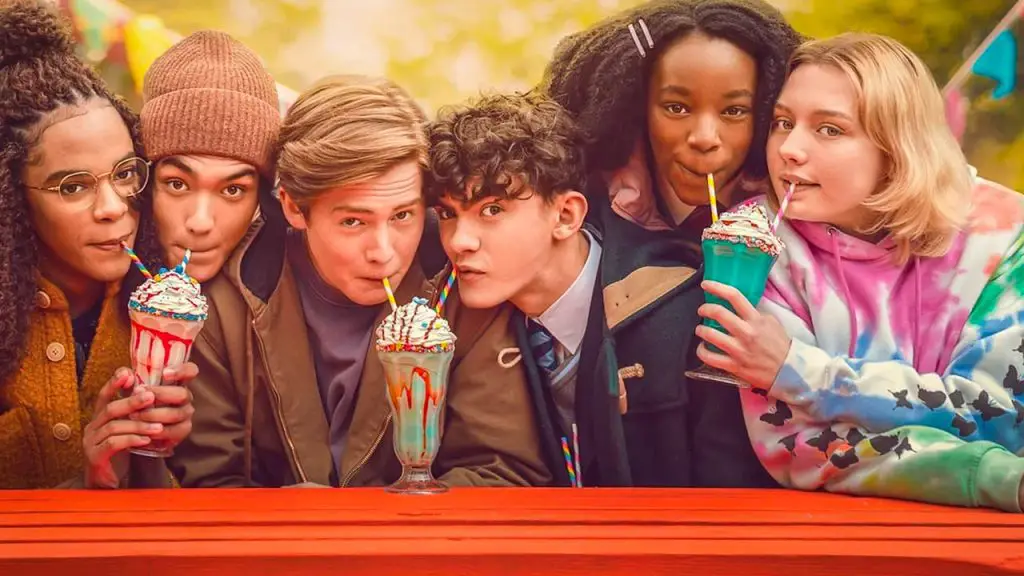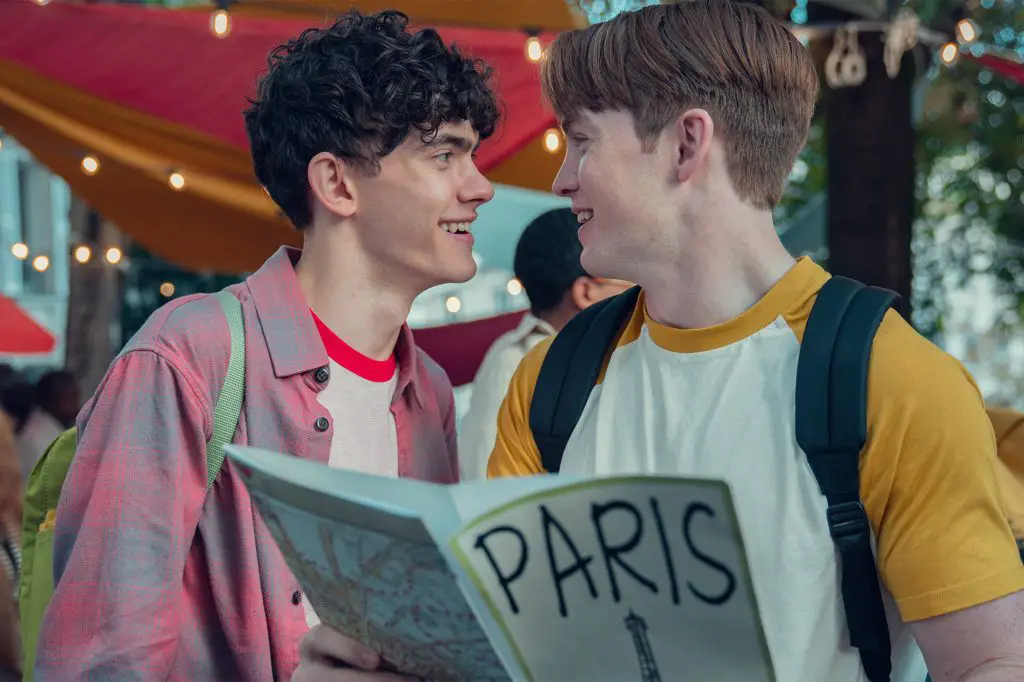The young adult series, Heartstopper, based on the graphic novels penned by Alice Oseman, is back in the limelight, making its ascent to the peak of Netflix’s most-watched list with the launch of its much-anticipated second season. At its core, Heartstopper paints a vivid picture of two teenagers, Charlie (portrayed by Joe Locke) and Nick (embodied by Kit Connor), who evolve from mere school acquaintances to a romantic bond, surrounded by an intricate web of relationships in their close-knit group of friends.
Delving Deeper into Season 2: High Risks and Emotional Depths

Alice Oseman, besides being the creator of the source material, is also the mastermind behind the TV adaptation. This implies that changes, even if they deviate from the original narrative, are implemented with precision and purpose. The recent season touches on sensitive topics like Charlie’s mental health and his battle with an eating disorder. Some key moments from the graphic novels have been repositioned in the series timeline, adding depth and a fresh perspective.
One of the more poignant deviations from the original storyline centers around Charlie’s parents and their reactions to his relationship with Nick. Whereas the original narrative depicted a somewhat understanding approach, the series introduces a level of tension, with Charlie’s mother misplacing blame on Nick for Charlie’s academic decline.
There are also insightful portrayals of the relationships of other characters. The dynamics between Elle and Tao are put under the microscope, with the show taking viewers on a roller-coaster of emotions, culminating in their romantic union at the iconic Louvre.
Darcy and Tara’s bond is also delved into, shining a light on Darcy’s tumultuous home environment, a detail somewhat brushed over in the original graphic novels. Alice Oseman insightfully mentions the need for dramatic elements to keep viewers riveted, and the prom scene in the series finale truly epitomizes this sentiment.
The Evolution of Characters: New Additions and Omissions

The adaptation process inevitably led to some characters from the graphic novels being left on the cutting room floor, like Oliver, Charlie’s younger sibling. This omission, while regrettable, was a strategic move to pave the way for the growth and exploration of other storylines.
In contrast, new faces have been introduced to the Heartstopper universe. One such addition is Isaac (played by Tobie Donovan). He is introduced as a replacement for the character Aled from the graphic novels. Isaac’s character delves into the complex facets of asexual and aromantic identities, offering viewers a refreshing narrative on representation.
Yet another novel character we meet is Imogen (brought to life by Rhea Norwood). With her unique dynamics with Nick and her subsequent role in the friend circle, she brings an added layer of depth and drama to the series, becoming a fan favorite in the process.
In Conclusion:

Heartstopper sets a gold standard for how adaptations should be approached. The fact that the original author, Alice Oseman, is steering the ship ensures that the series retains the essence of the graphic novels, even if it charts a slightly different course. With a third season on the horizon, the future looks promising for Heartstopper fans. Despite the deviations, the essence remains consistent – a heartwarming narrative that resonates deeply with viewers. Those yet to jump on the Heartstopper bandwagon, don’t be daunted by the changes; the series, streaming now on Netflix, holds its own against its printed counterpart.


